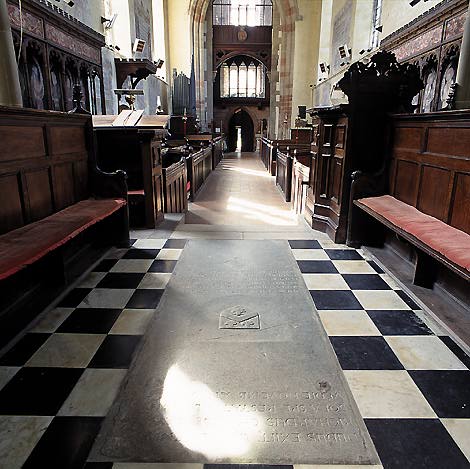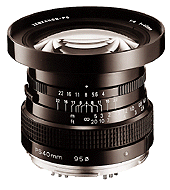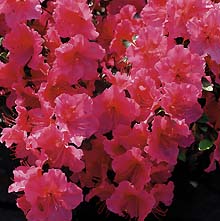
 I still recall the day when I managed to afford a mint secondhand 21mm f/4.5
Biogon for my Contax IIIa, a camera equipped with a coupled
range-viewfinder which catered for 50mm lenses only. Looking through the
Biogon viewfinder remains a vivid memory, for until then the widest lens I
had owned was a mint pre-war 28mm f/8 Tessar which some previous owner had
lavished the T-coating on. The aperture setting tab was a pig to use but
I loved that lens.
I still recall the day when I managed to afford a mint secondhand 21mm f/4.5
Biogon for my Contax IIIa, a camera equipped with a coupled
range-viewfinder which catered for 50mm lenses only. Looking through the
Biogon viewfinder remains a vivid memory, for until then the widest lens I
had owned was a mint pre-war 28mm f/8 Tessar which some previous owner had
lavished the T-coating on. The aperture setting tab was a pig to use but
I loved that lens.
If the Tessar viewfinder opened up new vistas to be recorded on Kodachrome 25 and 64 - many still surviving - the Biogon widened it further, to what seemed then an unbelievable extent. It was a superlative lens, which received deserved plaudits on its release in 1955, and was arguably superior to the first Leitz 21mm f/4 Super Angulon which did not appear until 1958.
Shortly afterwards I changed to Leica and owned both the screw 35mm f/3.5 Summaron and the 35mm f/1.5 M Summilux - the wider M lenses were beyond my reach. My next true wide-angle was the 50mm for very poor man's Hasselblad, the Pentacon Six TL. Mine was an early version with a propensity to flare, and many a transparency had to be ditched.
My liking for the square format dated from owning a Rolleiflex, so when I finally decided last year to change from my Pentacon system to a modern camera this was the only format I considered. I visited the professional department of a national UK retailer to compare Hasselblad against Bronica SQ-A.
A young man emerged from behind a glass-fronted refrigerated film cabinet in a which a few dozen assorted pro films languished, instead of the hundreds it was designed to hold. I explained my mission. Embarrassed, he showed me his entire stock in trade - one basic Bronica, lens and back� one basic Hasselblad, lens and back.
I enquired about extra lenses, accessories... maybe even brochures? "Sorry, sir, we do not stock any of them". I had only travelled 20 miles, but I was expecting a professional department demonstration. The assistant could only demonstrate what his superiors decided to stock. I began to feel sorry for him.
I examined the cameras, carefully comparing feel, shutter/mirror sounds, and viewfinders. The cost of the camera and essential accessories, at that time, did not pose a problem. Gradually I decided, with a silent prayer to St Planar of Zeiss for forgiveness, that the SQ-A was the camera for me. Its brighter and crisper focusing screen appealed to the eye, and its longest shutter speed of 8 seconds to the imagination. Going for broke, I opted for the Speed Grip and ME manual metered prism in order to retain full control of exposure.
I was about to venture into the unknown. After years of reliable mechanical cameras I was about to buy a camera, unlike the basic Hasselblad alternative, wholly dependant on electronics and battery.
The aperture setting is click-stopped at half stop settings, the lens handles well, and the results are virtually faultless. Many people suppose that the only use of an ultra-wide is, to quote Freytag's Contax Way, to 'produce emphatic perspective effects with dominating foregrounds'.

Harry's church interiors are not always entirely devoid of the obvious use of the 40mm lens... but note the good geometry and lack of vignetting (scan from full frame)
That is only one use; very often, you need the angle, especially for church interiors. This is a subject I have covered for stock and publications, and with my 50mm Flektogon problems with flare from windows ruined many shots. I have also heard that other ultra-wides for 6 x 6cm have flare problems. Yet I have succeeded with the Bronica 40mm f/4; it does not seem prone to flare at all (see the stained glass window at the top of the example), and unless I know I will need another lens, I sometimes go out with just the 40mm fitted as my standard.


A close-up with the 40mm reveals no trace of being an ultrawide view - but the flowers totally hide any background. Right: for landscapes, a spirit level can be replaced by a grid screen to make sure you get horizons level
After using the lens for a while, I have now fitted the SQ-A permanently with a grid screen, as an aid to composition and to ensure perfect verticals when needed. I work with a Benbo 2 tripod, extending the legs to bring the ME prism to a comfortable eye-level height. I have a Manfrotto 3-Way Head fitted to the Benbo, as this has built-in spirit levels which help get the camera set up quickly. I only swap this for the smaller, quicker Benbo ball and socket head when I am out and about shooting landscapes where such alignment doesn't matter.
Although I rely on the ME prism for many shots, I use a hand-held Lunasix 3 to take highlight and shadow readings for those with difficult light. I tend to use the 40mm at very small apertures, f/22 or f/16, to ensure maximum depth of field. I find that it is possible to have sharpness from under a yard to whatever background is included.
I have since acquired a 250mm f/5.6 and obtain excellent results from this lens as well. Do I regret my choice of the Bronica in place of the Hasselblad? By no means - I greatly welcome the useful 8 seconds maximum exposure the electronic shutter provides, enabling those small stops even for architectural interiors. I do however tend to worry about battery discharge, and I always carry a spare - and think wistfully about those old mechanical Compur shutters!